Today (April 2nd, 2021, morning) I saw in the distance a pair of Ducks that I can't ID. Location: Den Oever, Netherlands, Southern-most edge of Waddensea. I saw the birds right on the shoreline, in the (very) soft surf, in a small group of Ducks. The rest of this group consisted of 5 male and 7 female (Northern) Pintails and a single male and a single female (Eurasian) Widgeon.
The female appears to have a long orange bill. It's very unfortunate that I was only able to take these blurry images over a great distance in a stiff breeze and overcast weather. And most of all that I managed to miss the male's head entirely...
In the last image I included the entire group to allow for comparison of sizes.
Would someone be able to help me ID these Ducks, based on these abysmal images?
Regards, Frank
The female appears to have a long orange bill. It's very unfortunate that I was only able to take these blurry images over a great distance in a stiff breeze and overcast weather. And most of all that I managed to miss the male's head entirely...
In the last image I included the entire group to allow for comparison of sizes.
Would someone be able to help me ID these Ducks, based on these abysmal images?
Regards, Frank
Attachments
-
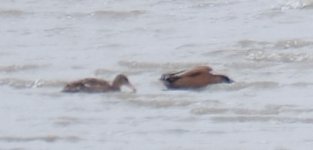 20210402_104024_Fuji-X-T3_DSCF3832.jpg67.3 KB · Views: 56
20210402_104024_Fuji-X-T3_DSCF3832.jpg67.3 KB · Views: 56 -
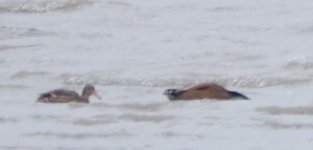 20210402_104021_Fuji-X-T3_DSCF3828.jpg66 KB · Views: 62
20210402_104021_Fuji-X-T3_DSCF3828.jpg66 KB · Views: 62 -
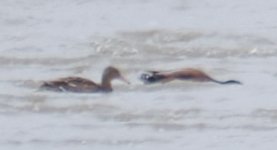 20210402_104024_Fuji-X-T3_DSCF3833.jpg45 KB · Views: 55
20210402_104024_Fuji-X-T3_DSCF3833.jpg45 KB · Views: 55 -
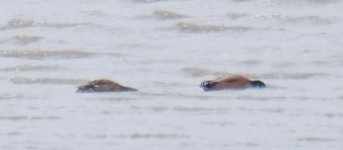 20210402_104019_Fuji-X-T3_DSCF3826.jpg94.5 KB · Views: 52
20210402_104019_Fuji-X-T3_DSCF3826.jpg94.5 KB · Views: 52 -
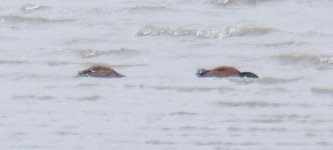 20210402_104020_Fuji-X-T3_DSCF3827.jpg95.8 KB · Views: 43
20210402_104020_Fuji-X-T3_DSCF3827.jpg95.8 KB · Views: 43 -
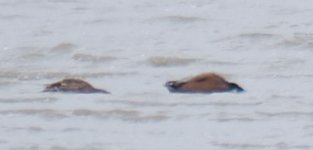 20210402_104021_Fuji-X-T3_DSCF3829.jpg65.8 KB · Views: 43
20210402_104021_Fuji-X-T3_DSCF3829.jpg65.8 KB · Views: 43 -
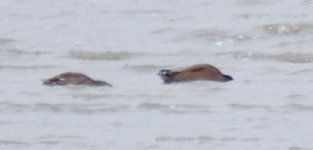 20210402_104022_Fuji-X-T3_DSCF3830.jpg64.5 KB · Views: 40
20210402_104022_Fuji-X-T3_DSCF3830.jpg64.5 KB · Views: 40 -
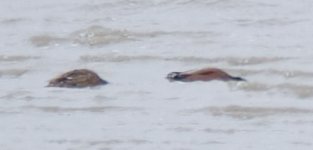 20210402_104022_Fuji-X-T3_DSCF3831.jpg66.4 KB · Views: 39
20210402_104022_Fuji-X-T3_DSCF3831.jpg66.4 KB · Views: 39 -
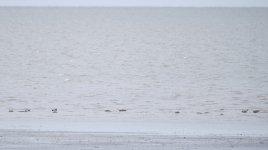 20210402_104019_Fuji-X-T3_DSCF3826 1.jpg753.7 KB · Views: 52
20210402_104019_Fuji-X-T3_DSCF3826 1.jpg753.7 KB · Views: 52




